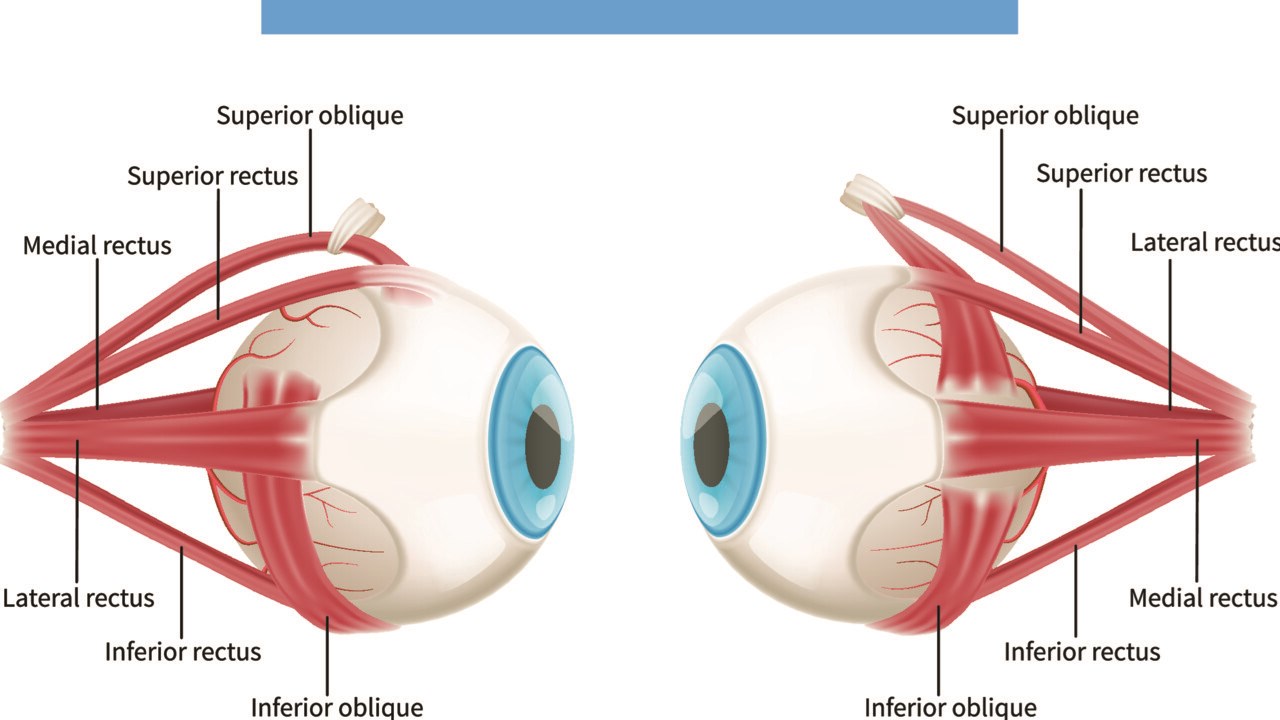About the scientific article
Myofiber Type Shift in Extraocular Muscles in Amyotrophic Lateral Sclerosis
Arvin Behzadi; Anton Erik Tjust; Jing-Xia Liu; Peter Munch Andersen; Thomas Brännström; Fatima Pedrosa Domellöf
Investigative Ophthalmology & Visual Science May 2023, Vol.64, 15.
https://doi.org/10.1167/iovs.64.5.15






